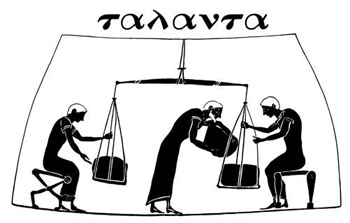
Photo from archive.org
An appropriate solvent environment is essential for the implementation of biological functions of proteins. Interactions between protein residues and solvent molecules are of great importance for proteins to maintain their… Click to show full abstract
An appropriate solvent environment is essential for the implementation of biological functions of proteins. Interactions between protein residues and solvent molecules are of great importance for proteins to maintain their active structure and catalyze biochemical reactions. In this study, we investigated such interactions and studied the structural transitions of proteins during their dissolution process. Our previously developed technique, namely solvent assisted electric field induced desorption/ionization, was used for the dissolution and immediate ionization of proteins. Different solvents and proteins were involved in the investigation. According to the results, cytochrome c underwent significant unfolding during dissolution in the most commonly used NH4Ac buffer. The unfolding got more serious when the concentration of NH4Ac was further increased. Extending the dissolution time resulted in the re-folding of cytochrome c. In comparison, no unfolding was observed if cytochrome c was pre-dissolved in NH4Ac buffer and detected by nano-ESI. Furthermore, no unfolding was observed during the dissolution process of cytochrome c in water. Interactions between the residues of cytochrome c and the solute of NH4Ac might be the reason for the unfolding phenomenon. Similar unfolding phenomenon was observed on holo-myoglobin. However, the observed dissolution feature of insulin was different. No unfolding was observed on insulin during dissolution in NH4Ac buffers. Insulin underwent observable unfolding when water was used for dissolution. This might be due to the structural difference between different proteins. The obtained results in the present study furthered our insights into the interactions between proteins and the solvents during the phase transition of dissolution.
Journal Title: Talanta
Year Published: 2017
Link to full text (if available)
Share on Social Media: Sign Up to like & get
recommendations!